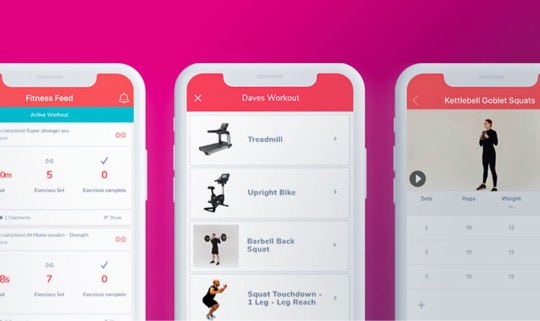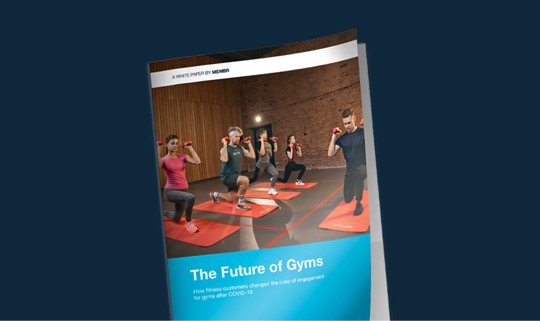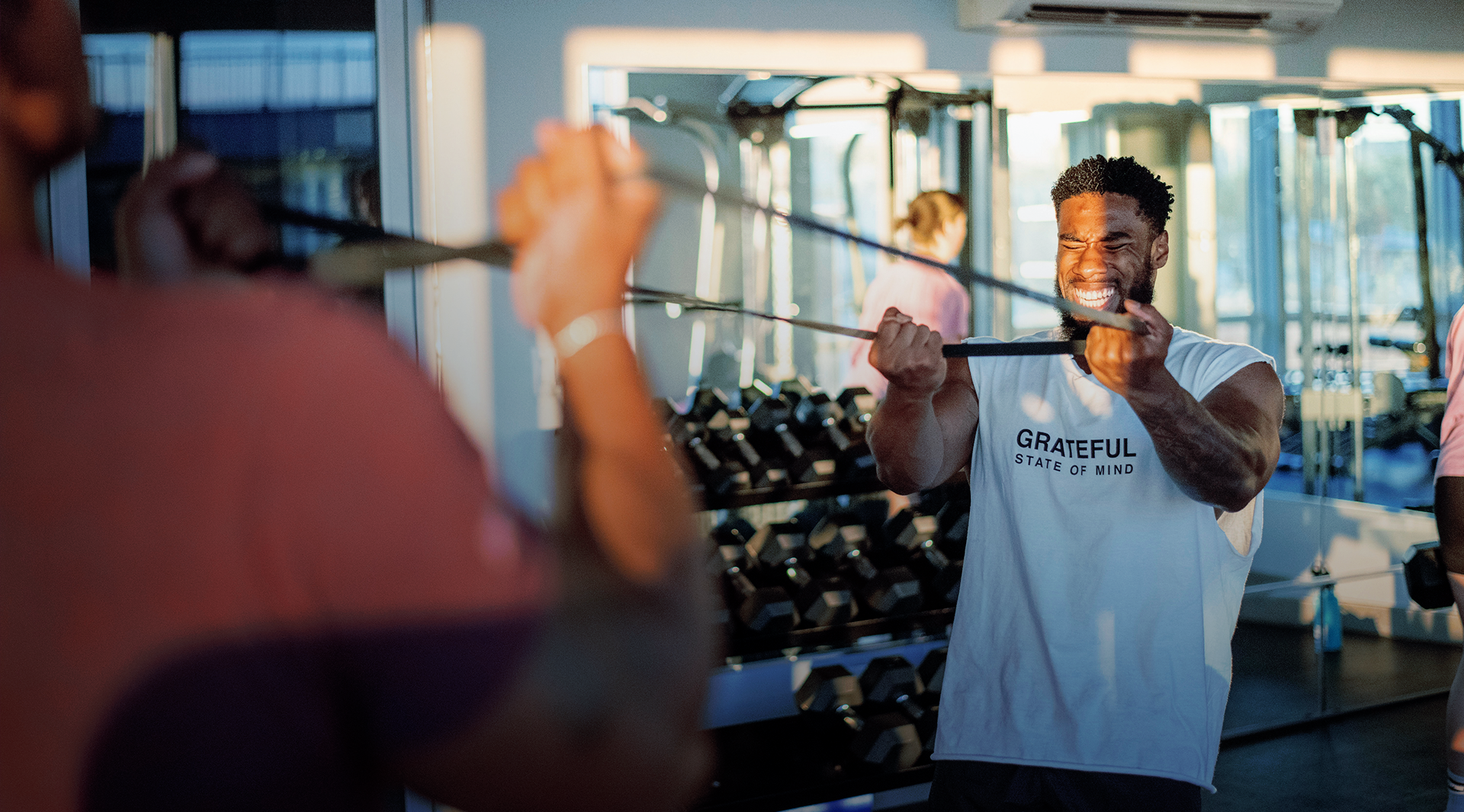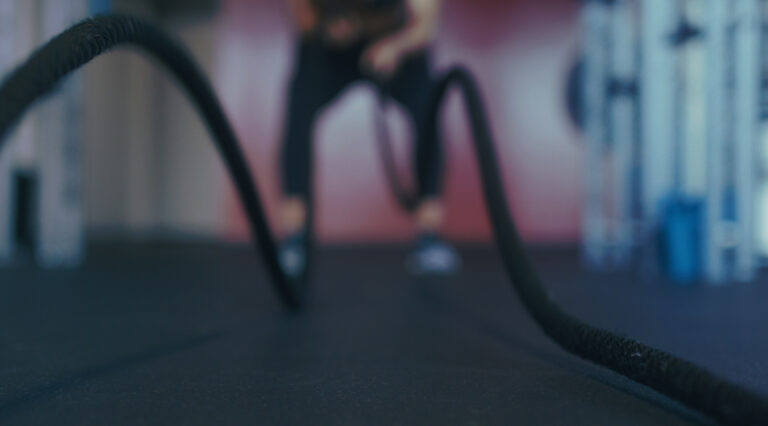Fitness clubs and leisure facilities in England have recorded 8 million visits in the first weeks of reopening, with just 17 reported cases of COVID-19 among exercisers, that’s the latest data from ukactive.
So for every 10,000 gym visits there have been less than 0.020 positive cases. What this means is that gyms are predominantly COVID-safe to the public.
Fitness clubs, however, must continue to ensure that all mandatory government measures are in place at all times. This includes social distancing, proper ventilation, and strict cleaning protocols.
Could it be that visiting the gym is not any more dangerous than a trip to the supermarket? Possibly.
More studies around the world demonstrate that gyms are low-risk places for catching the virus.
Fitness Australia with zero COVID-19 cases among 6M visits
Earlier this month Fitness Australia published a study that defended the overall safety of gyms. Two months after reopening on 13 July, zero cases of transmission were found among 6.26 million check-ins across 423 gyms in New South Wales.
Barrie Elvish, CEO of Fitness Australia, firmly believes that the fitness industry will play a key role in fighting the virus:
“We are not part of the problem; we are actually part of the solution to getting more Australians more active more often and help prevent long-term lifestyle-related disease.”
Exercising is not only linked to stronger immune system, but also to improved sleeping patterns and mental health. The way forward is by focusing on building a fitness stamina that boosts our resilience.
No gym goers contracted COVID-19 during trial period in Norway
Remember the study completed in Norway at the end of June? Well, it’s still relevant.
The government-funded study found no connection between going to the gym and spreading the virus:
“Our trial showed no virus transmission or increase in COVID-19 disease related to opening of training facilities providing good hygiene and social distancing routines,” wrote the authors.
Practising social distance and looking after equipment responsibly has proven to minimise the risk along the way. Wearing a mask and other protective equipment could also be beneficial in some cases.
US data shows 42,731:1 visit-to-virus ratio
Using data from 2877 health and fitness clubs with over 49 million member check-ins, the MXM check-in data shows an occurrence rate of just 0.002% or a 42,731:1 visit-to-virus ratio, according to IHRSA.
The numbers don’t lie. While fitness clubs are still largely perceived as coronavirus transmission hotspots, all the evidence shows otherwise.
Yet you can’t blame exercisers for being cautious about their return to the gym in a time of pandemic. That’s certainly preferable to recklessness.
Gym owners and personal trainers now have the important mission to offer guidance and support to returning and new members. The impact of having a fitness coach could be life-saving. The reality is that coronavirus won’t just magically disappear. We must use the knowledge of the past few months to live with it in a smart, responsible way.













